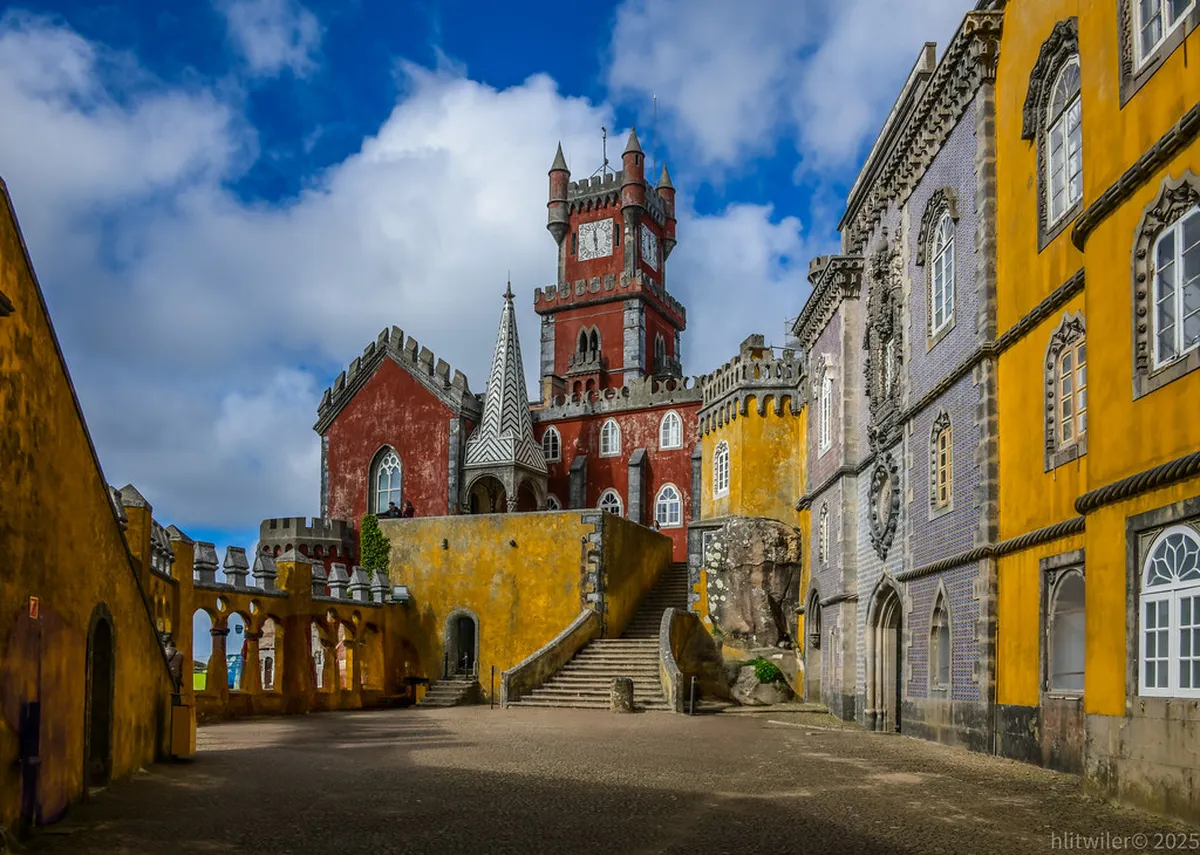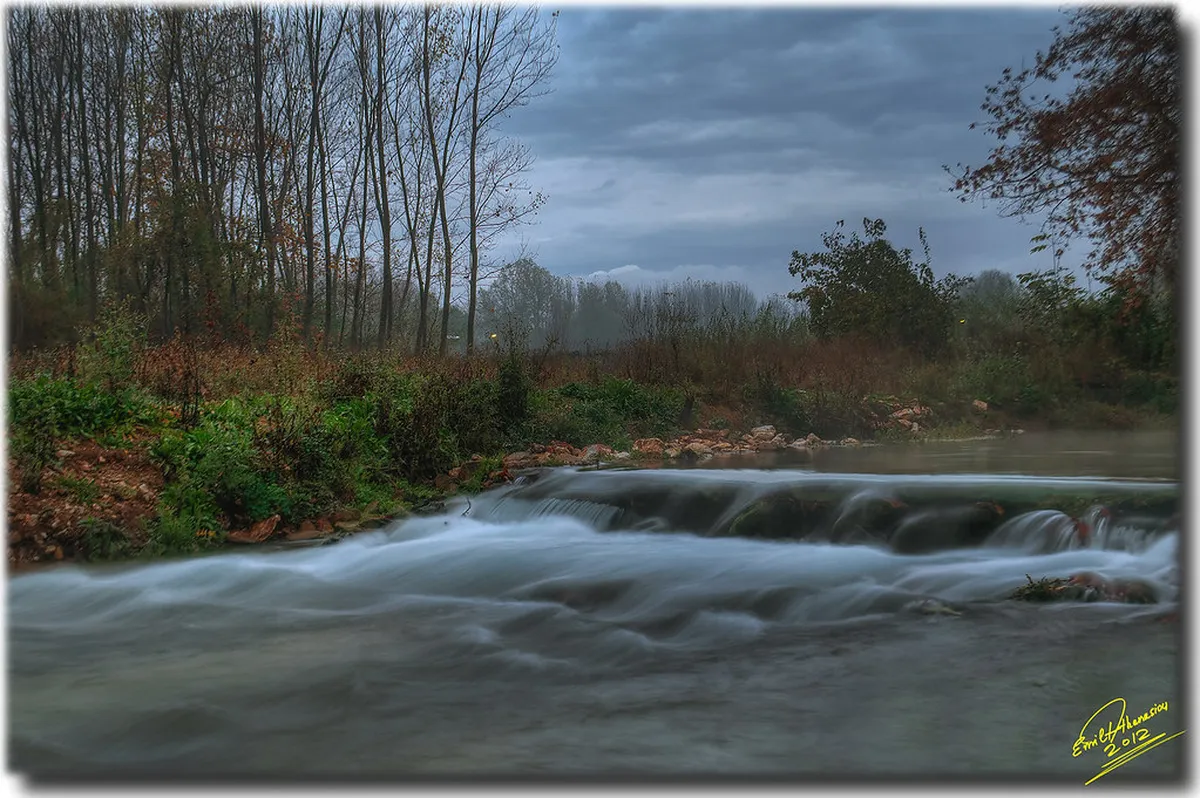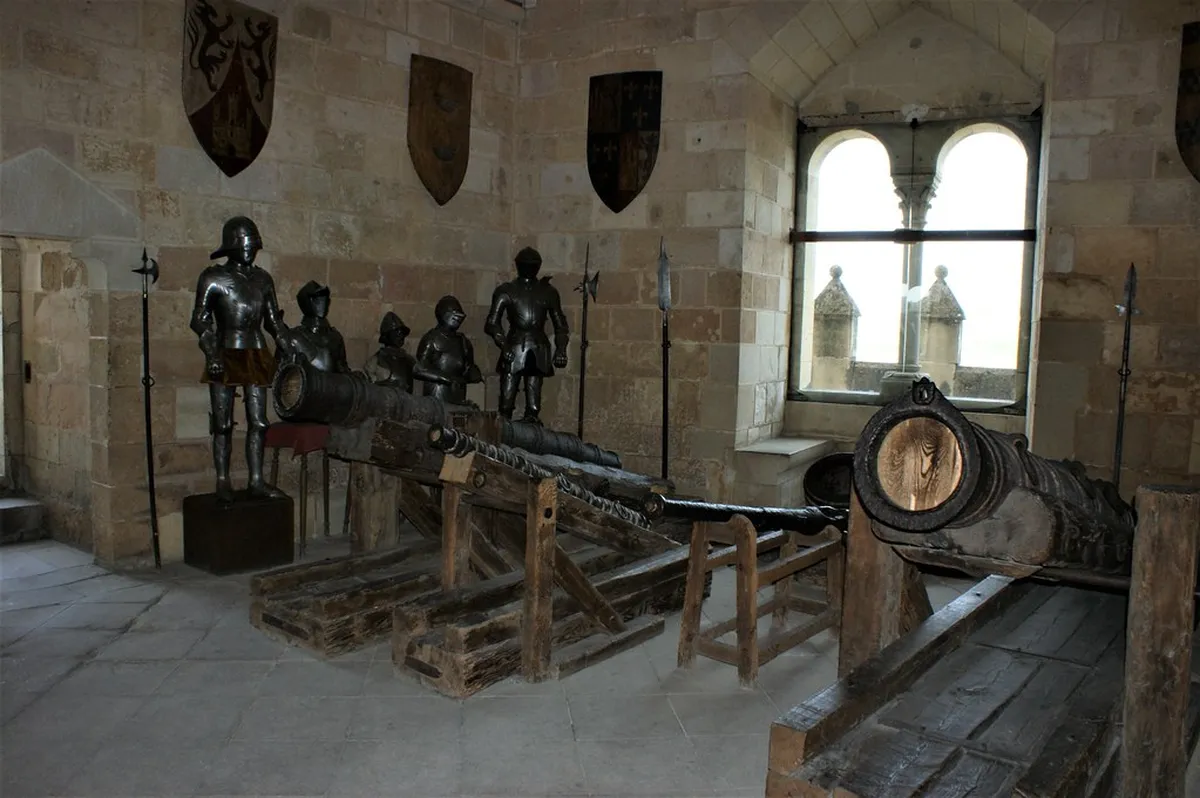Discover Viseu's Rich Historical Sites in 2025
Viseu, a hidden gem in central Portugal, offers a rich tapestry of history. Its charming streets reveal stories from centuries past. Exploring Viseu historical sites is a journey through time. You will discover ancient Roman influences and medieval grandeur.
This guide highlights the top historical attractions for 2025. Prepare to be enchanted by Viseu's unique heritage. It promises an unforgettable cultural adventure. For an in-depth plan, see our Viseu itinerary. Also, explore Viseu for first-timers.
Viseu Cathedral and Adro da Sé
Plan this trip faster with our free online itinerary maker. Get a personalized day-by-day plan in minutes.
The magnificent Viseu Cathedral, or Sé de Viseu, dominates the city skyline. It stands proudly in the historic Adro da Sé square. This grand structure blends Romanesque, Gothic, and Baroque styles. Its construction began in the 12th century.
Visitors can explore its impressive interior. Admire the gilded woodwork and intricate altarpieces. The cloisters offer a peaceful retreat. Don't miss the Sacred Art Museum housed within the cathedral. These Viseu historical sites offer deep cultural immersion.
Practical Details: The cathedral is usually open daily. Hours are typically 9:00 AM to 5:00 PM. A small entrance fee applies to the museum and cloisters. Tickets cost about €3-€5 per person. Check for specific Viseu city center attractions details before your visit.
The Adro da Sé itself is a historical marvel. Cobblestone streets lead to grand buildings. Take time to wander around the square. Enjoy the historic atmosphere here. This area is perfect for starting a Viseu walking tour. Many of Viseu's historical sites are nearby.
Across from the cathedral, you'll find other significant structures. The Misericórdia Church offers a striking facade. Its Baroque design contrasts with the cathedral's older style. Discover more about best things to do in Viseu.
Grão Vasco National Museum
Adjacent to the cathedral is the Grão Vasco National Museum. It is housed in the former Paço dos Três Escalões. This palace served as a bishop's residence. The museum showcases remarkable Portuguese art.
Its primary focus is on the works of Vasco Fernandes. He was also known as Grão Vasco, a master painter. His stunning polyptychs and altarpieces are truly captivating. They represent the Golden Age of Portuguese painting. This museum is one of the most important Viseu historical sites for art lovers.
The collection includes Romanesque sculptures and decorative arts. You will see exquisite 16th-century gold and silverwork. These treasures provide insights into local history. They show the region's artistic and religious past.
Visiting Information: The museum is open Tuesday to Sunday. Hours are generally 10:00 AM to 6:00 PM. Admission costs around €6. Children and seniors often receive discounts. Allow at least two hours for your visit. It's one of the crucial Viseu historical sites.
Consider combining your museum visit with lunch. Viseu offers many excellent restaurants in Viseu. Enjoy traditional Dão region cuisine. Experience the local flavors after your cultural exploration. A full Viseu travel budget can help plan expenses.
Cava de Viriato and Roman Traces
A unique historical site in Viseu is the Cava de Viriato. This immense octagonal earthwork remains a mystery. Some historians believe it was a Roman military camp. Others link it to the legendary Lusitanian warrior Viriato.
The earthwork covers a vast area. Its precise purpose and origin are still debated. It certainly highlights Viseu's ancient past. This site offers a fascinating glimpse into early fortifications. It provides a sense of the region's strategic importance.
Visitors can walk along its impressive ramparts. Imagine the ancient soldiers who once stood guard here. The views from the top are expansive. This historical landmark offers a serene escape. It is located just outside the main city center.
Access Details: The Cava de Viriato is always open. There is no entrance fee. You can easily reach it by foot or public transport. Public buses frequently serve the area. Learn more about Viseu public transport. It is a large park space today.
Beyond the Cava, Viseu has other Roman traces. Archaeological digs have unearthed various artifacts. These findings confirm the city's Roman foundations. The city's original name might have been Visonium. Understanding Viseu's deep history enriches your visit. Consider a day trip from Viseu to explore further Roman sites.
Old Town Walls and Gates
Viseu's medieval history is visible through its old town walls. Although only fragments remain, they tell a powerful story. These walls once protected the city from invaders. They defined the boundaries of the historic center.
Key sections of the walls can still be found. One notable remnant is near Porta do Soar. This gate was a vital entrance to the medieval city. It offers a tangible connection to Viseu's defensive past. Imagine the bustling activity around these gates.
Explore the narrow, winding streets within the old town. You will encounter charming squares and historic buildings. Many of these structures date back centuries. They reveal traditional Portuguese architecture. Exploring these specific Viseu historical sites reveals the city's ancient defenses.
Exploring Tips: Wear comfortable shoes for walking. The cobblestone streets can be uneven. Allow ample time to simply wander and discover. Many small shops and cafes populate the area. Find delightful souvenirs or a quick coffee. Check our guide on where to stay in Viseu for accommodation in the historic district. Also, review how to reach Viseu for smooth travel planning.
The city's past is preserved in its architecture. Look for details on building facades. Ancient coats of arms adorn some doorways. These historical elements add to Viseu's charm. Every corner seems to whisper tales of bygone eras.
Igreja da Misericórdia de Viseu
Viseu offers architectural diversity throughout its historic core. The Igreja da Misericórdia de Viseu is a prime example. This beautiful church stands in front of the cathedral. Its bright white Baroque facade is truly distinctive.
Constructed in the 18th century, it contrasts sharply. The cathedral's medieval stone offers a different vibe. Inside, the church is equally impressive. Discover the intricate altar and religious artwork. It provides a peaceful place for reflection.
Many historic churches dot Viseu's landscape. They each hold unique stories and artistic value. Exploring them offers a deeper understanding. You will learn about the city's strong religious traditions. These are important Viseu historical sites for spiritual reflection.
Visitor Information: The Misericórdia Church often has specific visiting hours. These vary, so check locally for current times. There is typically no entrance fee to the main church. Donations are always appreciated for its upkeep. Remember to dress respectfully when visiting religious sites. Also consider what to eat in Viseu after your explorations.
You can easily visit this church during your exploration. It is centrally located in the Adro da Sé. Combine it with other nearby attractions. This allows for an efficient and rewarding tour. Plan your Viseu city center attractions visit effectively.
Frequently Asked Questions
What are the must-see historical places in Viseu?
Viseu boasts several unmissable historical sites. Start with the Viseu Cathedral and Grão Vasco Museum. Then explore the mysterious Cava de Viriato. Do not forget the charming Adro da Sé square. Also, wander through the remnants of the old town walls. These locations offer a deep dive into Viseu's past.
How much does it cost to visit Viseu's historical sites?
Many Viseu historical sites are free to visit. Examples include the Adro da Sé and Cava de Viriato. Some places, like the Grão Vasco Museum or Cathedral cloisters, charge a small fee. Expect to pay between €3-€6 for entry. These fees help maintain these important heritage sites. A Viseu travel budget helps plan expenses.
Are Viseu's historical sites accessible?
Accessibility varies among Viseu historical sites. Most public squares and open-air sites are easily accessible. Older buildings, like the Cathedral, may have stairs. Some museums offer ramps or elevators. It is always wise to check specific site information beforehand. Plan your routes carefully for optimal convenience. This ensures a comfortable experience for everyone.
What is the history of Viseu, Portugal?
Viseu's history dates back to ancient times. Roman presence is evident in sites like Cava de Viriato. It became a significant medieval city. The region later played a role in Portugal's independence. Viseu also flourished during the Renaissance. It produced the renowned painter Grão Vasco. The city blends various historical periods seamlessly. Its rich past is a key part of its identity. For a comprehensive overview, explore our Viseu itinerary. Also, learn about best things to do in Viseu during your historical tour.
Viseu offers a captivating journey through Portugal's past. Its impressive historical sites tell stories of empires and artists. From the grand Cathedral to the enigmatic Cava de Viriato, history awaits. These experiences are truly enriching for every traveler. Make Viseu your next historical exploration in 2025.
Plan your visit to discover these incredible landmarks. Embrace the culture and beauty of this Portuguese city. For more travel planning, visit Itimaker.com. Also, consider our full Viseu itinerary for first-timers. Start your adventure today!
Key Takeaways
- Viseu Cathedral and Grão Vasco Museum are must-visits.
- Explore Cava de Viriato for ancient Roman mysteries.
- Walk the old town's cobblestone streets for a truly immersive experience.



